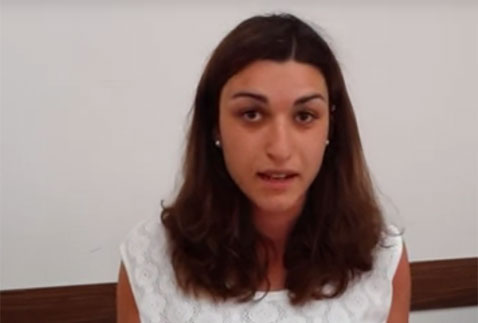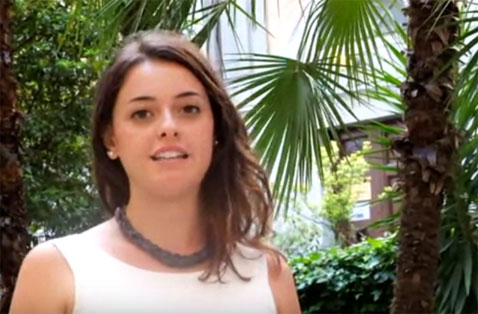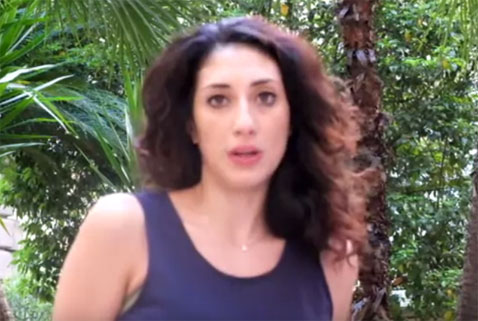Agriculture as an ecosystem service provider

Usually we are brought to think of agriculture as a negative productive system for it’s environmental impact on the ecosystem. Otherwise, agriculture can also be considered as an ecosystemic service provider when something changes in the production system. A good example could be represented by shifting from plowing to no-till system. Plowing has a several purposes: to prepare the “planting bed”, which is necessary to create an enabling environment for seed germination; to provide a suitable structure for root penetration while balancing the soil porosity; to enhance the permeability of the active layer of soil and to control the circulation of water; to destroy or to contain weeds and animals or plant pests; to inter crops residues, chemical or organic fertilization, corrective or soil improvements; to bring to the surface nutrients that have little mobility.
In human history, plowing was one of the techniques used to allow the increase of production, which brought economic growth due to the increase of cultivated land. Not only for cereals production. For example, the impact on handicraft and industry was not negligible: in the 18th century it is estimated that British farms consumed almost one third of the entire national iron production in order to manufacture agricultural tools. A prosper rural population was the prerequisite to demand craft and industrial products. Also the breeding was strictly linked with plowing. In fact, plowing more land and more deeply required more traction. This traction was provided by animals that were selected for their traction capability. Up to 19th century in Europe wide traction was provided by cattle, while only after the 1800 horses started to replace cattle, mostly on the easier plowing lands. Until today, plowing is the major reason for the development of modern mechanical traction, which allows the enhancement of both surface and depth plowing.
Which brings us to the question: why is plowing, especially deep plowing, being questioned?
Thanks to research and new technological applications, as well as better comprehensions of ecological relationships in the agrosystem, we are able to achieve the same purpose of plowing without the environmental and energetic costs that occur with plowing. For example modern agriculture, thanks to chemicals progress, can rely on herbicides! In the last years chemical research allows specific molecule production for controlling weeds. Today very specific and selective molecules are available with a low environmental impact. Also ecological discoveries have allowed us to understand what happens with plowing. This scheme shows some pathways involving plowing and mycorrhizas:
- soil plowing implies the reductions of mycorrhizas, which in turn implies the inhibitions of soil aggregations that making it necessary to plow again;
- the reduction of mycorrhizas implies the reduction of nutrient uptake making it necessary for the chemical fertilization that in turn implies the reduction of the mycorrhizas;
- the reduction of mycorrhizas implies the enhancement of non hosting plant which entails the increase of weeds that in turn making it necessary to use herbicides and plowing, of course.
So, could no-tilling be an alternative to tilling? According to it’s definition, No-tilling is a sustainable agronomic technique, which plant herbaceous crops in no-tilling soil with a specific seeder called sod-seeder. No-till system has several and important ecological effects that also have an important impact on production. In fact, no-till system allows: the reduction of erosion (that is less fertile soil in running water); to capture, hold and stabilize nutrients for cash crops (namely less chemical fertilization); to provide year-round cover for the soil (that is more ecological niches); to increase biological activity both in the soil and aboveground; to reduce field operation which saves energy and money; to increase soil organic matter because there is less mineralization, that implies the enhancement of soil fertility.
Jointly no-till techniques, and Cover Crops are complementary and a useful tool in no-till system. Cover Crops can be defined as: a crop that is planted between stands cash crops; they belong to different species and can be planted either pure or mixed. Their purpose is to increase soil fertility by improving organic matter, decreasing pests and weeds, preventing soil erosion and improving ecological resilience without the sale of harvest. But above all, no-till and cover crops have a strong impact on storage of Carbon Dioxide in the soil, reducing the quantity of greenhouse effect in the atmosphere.
No-till system is also economically sustainable. Even if it is not easy to quantify the savings, generally it is possible to mention: less work load per hectare improving the surface of arable land. This means less mechanization, less power and tools for the same surface area, less timing operation, less fuel, and less traffic on the soil. Also, the yield per hectare is to some extent close to till production. Unfortunately, it is still not easy to quantify the savings, or eventually an income, obtained by increasing soil organic matter.
In conclusion, plowing had a positive impact, not only on agriculture practices, but also on handicraft, industry and breeding; the scientific research and the application of derived technology allowed to understand the limits of agriculture based on plowing; thanks to innovation and research it was possible to turn to a new technique that can achieve the same results as the tilling system without plowing, at least for some crops; the new technique allows to produce with less pressure on environment, valuing natural resources and enhancing the resilience of the agrosystem.
In this way agricultural is becoming more and more a provider of ecosystemic services!
Biografia di Andrea Minardi
Andrea Minardi, 29 anni, lombardo, laureato in Scienze e Tecnologie Agrarie. Nel 2015 ha seguito nella Repubblica Democratica del Congo e in Etiopia lo sviluppo del progetto: Produzione di cibo appropriato: sufficiente, sicuro e sostenibile. Ha collaborato con l’Istituto di Zootecnica dell’Università Cattolica del Sacro Cuore ed ha ricoperto incarichi direttivi presso il Collegio San’Isidoro e Residenza Universitaria A. Gasparini del’Università Cattolica del Sacro Cuore a Piacenza. È stato Vice Presidente Nazionale della Federazione Universitaria Cattolica Italiana (FUCI).





Un pensiero su “Agriculture as an ecosystem service provider”